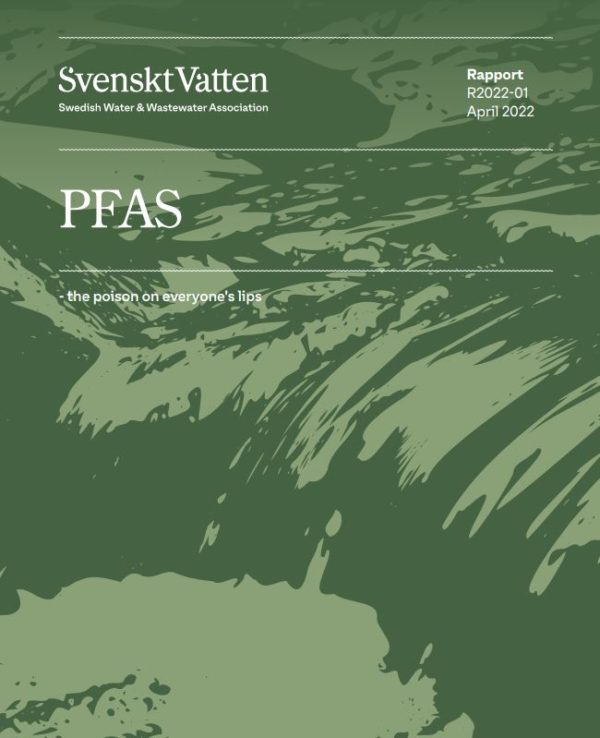We have been living with PFAS since the 1930s. And we have had problems with this growing group of chemicals ever since. The risks were unknown to the public for decades. Warnings of health and environmental problems began to appear at increasingly frequent intervals only in the 1970s.
The first attempts at control and restriction came around the turn of the millennium. Work against harmful chemicals has intensified since the EU adopted its new chemicals legislation in 2006, which also affected the PFAS group. First in the United States and later Europe, consumer and environmental organisations began pushing the issue. Increasing amounts of research have been carried out and knowledge of PFAS has increased sharply in recent years, as has concerns about it. As awareness increases, many companies selling products containing PFAS have begun to look around for alternatives.
In the report, a survey of 46 Swedish retail companies shows how much has actually been done among them. Some have already single-handedly phased out PFAS; others are well on their way. Many companies are ahead of the regulatory requirements but the survey responses also show how difficult it is to know for certain whether imported products actually contain PFAS. A small study in the report examined how easily consumers can, in practice, obtain information as to whether a product contains PFAS. In general, correct information was given within the time limit set by the legislation.
Consequently, much has been moving in the right direction. Legislation has become stricter, new laws are in the works. Certain companies have been making a great effort to stop the sale of PFAS products. Consumers are starting to wake up. Nevertheless, much remains to be done. There is a process ongoing in the EU to introduce a group ban on all PFAS – this will cover at least 4700 different variants. This will be a new approach to addressing the problem that chemical companies, through small changes to a PFAS that has been banned (e.g. PFOS), can create a new one just as dangerous that has not been regulated. This is called false substitution.
The EU remains open to continuing to allow PFAS where it is deemed “essential”. There is now growing contention in the EU concerning group bans and necessity. The chemical industry is lobbying hard. They are “eternity chemicals” that are very hard to degrade and can be found everywhere. In everything that grows and lives. In animals and people, in flowers and bees. Most PFAS that has been spread into the nature will remain. There will have to be a cleanup in some places with high concentrations, in agricultural land or groundwater, and in areas where many people have been exposed to it. The PFAS must be collected and destroyed. This is done by combustion at a thousand degrees in heating plants or in special destruction plants. This will be expensive. A study referred to in this report shows that the future necessary PFAS cleanup may cost one billion Euros in the Nordic countries alone.
The report concludes with proposals for some measures that Swedish Water (Svensk Vatten) believes will be crucial to addressing the PFAS problem in future. Upstream work is the key, that is to say ensure that PFAS does not end up in our sewage systems, in soil and water. The only way to achieve this is to ban PFAS. International work is absolutely crucial. The EU must define PFAS as a group and introduce a group ban. A ban with very restrictive exceptions in the case of “essential use”. The companies that sell goods containing PFAS have a great responsibility and we call on them to voluntarily restrict, in the long term cease, the sale of such goods. Swedish Water wants products with PFAS to be provided with warning signs, something like the requirements for labelling tobacco and alcohol.
Finally, the report points out that we ourselves as an organisation together with our own members must accept responsibility, just as every consumer has the opportunity to turn away from PFAS and in such a way influence the market players.

